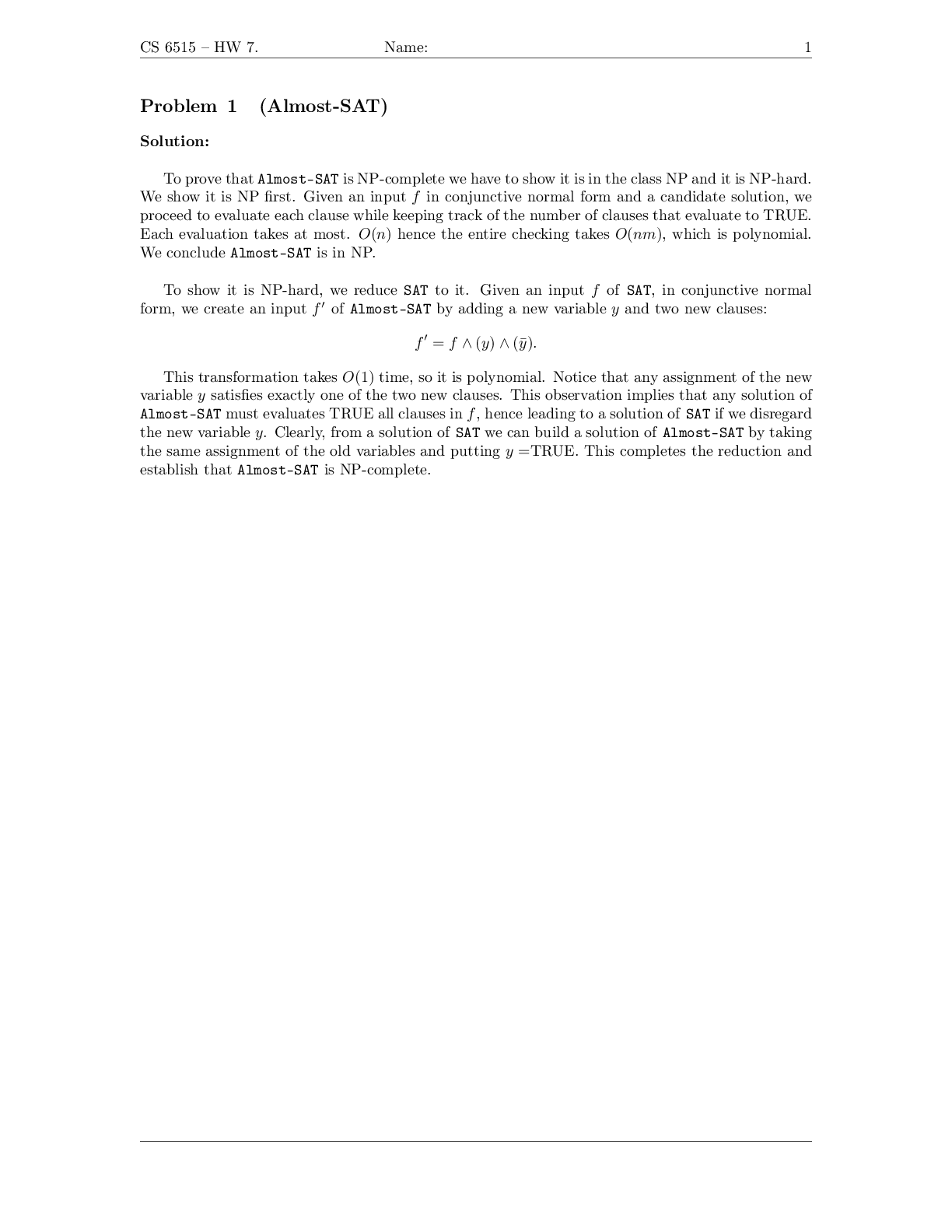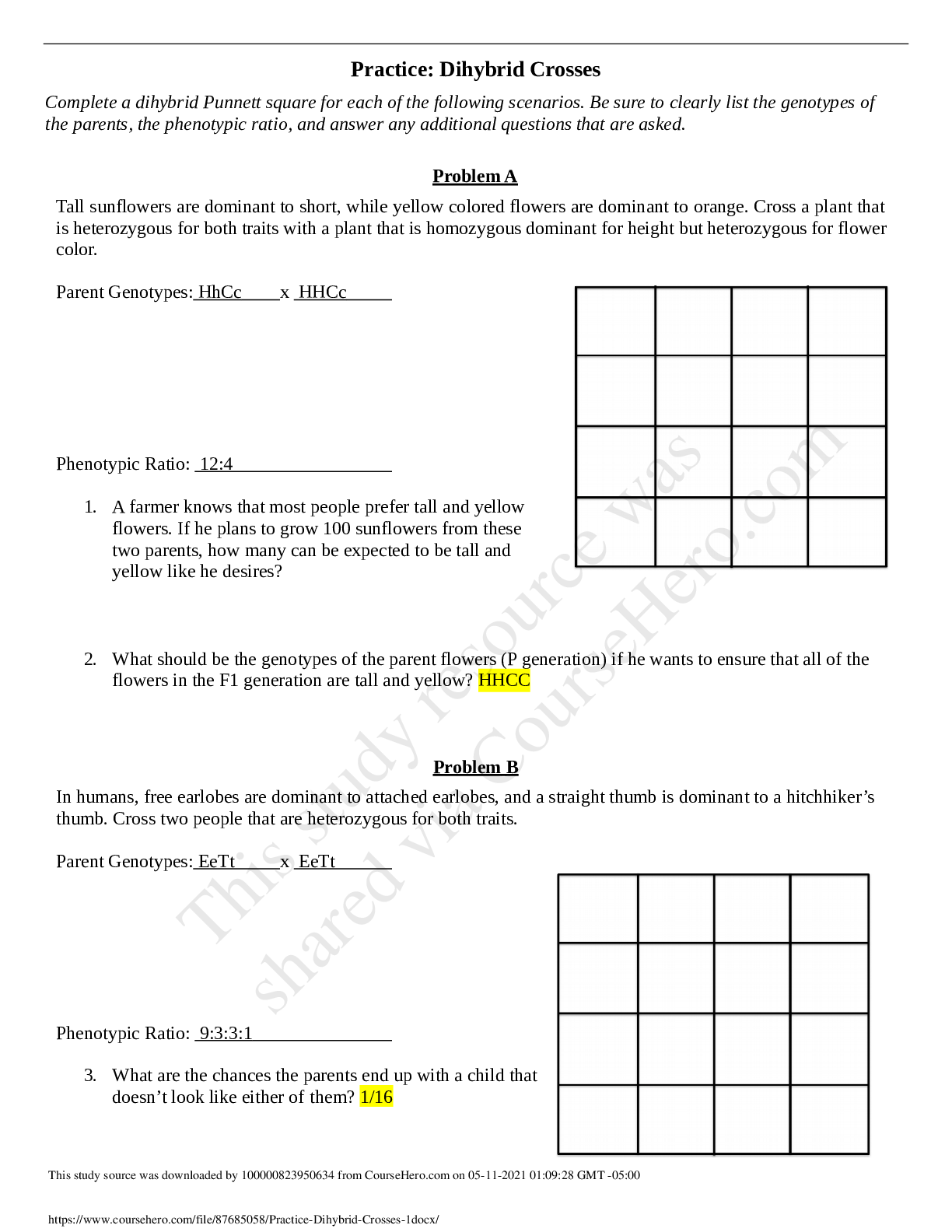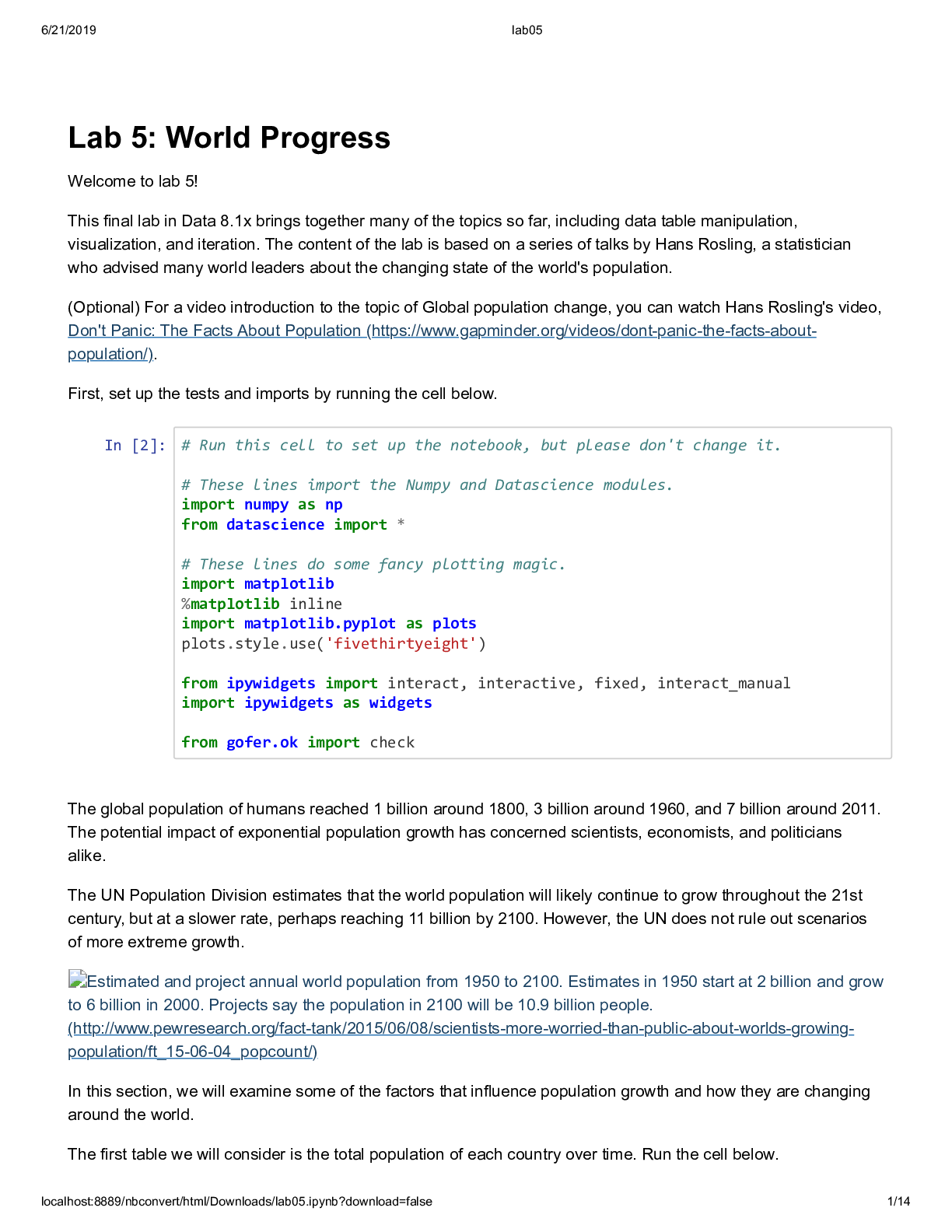Computer Science > Solutions Guide > Australian National University COMP 3310 Tute1-3310-6331-2020-AnswerSheet. (All)
Australian National University COMP 3310 Tute1-3310-6331-2020-AnswerSheet.
Document Content and Description Below
COMP3310/6331 – Tute/Lab #1 – 2020 Week 3 As part of the review of 3310, students asked for more ‘tute’ time to discuss the course content, so we’re trying to oblige. For discussions and t... he cable analysis try work in groups and see if you agree. Note that there is a very limited number of cable samples, so when you get the chance leap to that Activity. For students not yet on-campus, you can do this piece later, it is not assessible. There are more questions here than may fit into the available time. Answers will be posted next week, and you should check your understanding against them. Students not yet on-campus can work through them independently, ask questions in the forum or contact your tutor. At the low hardware layers we’re currently exploring it’s a little tricky to get into too many tools or coding exercises. Soon though! At this stage students will have covered: • Signalling and simple informatics, i.e. modulation (AM/FM/PM->ASK/FSK/PSK), multiplexing (TDM, SDM, FDM, WDM), encoding (4b/5b, Manchester), baseband/passband/broadband, and a quick pass by Nyquist and Shannon. • Media: Copper, Fibre and wireless and associated issues Activity 1 Introductions: • Who are you? What is your background? What is your interest in computer networking and/or this course? • I don’t believe we have any class-reps for 3310 yet, and only one for 6331 – nominations are being sought, see first lecture. 2 Discussion of lectures: • To-date: Any comments on pace, content, style? • Planning ahead: Any particular real-world network systems, technologies, challenges, etc. that you’d like to have a guest lecture on (Weeks 10-12)? Already have one on AARNet (our National Research and Education Network), one on TransACT/NBN, and one on the Wamboin rural fibre network. 3 Checking frequency understanding: • Why do we care about the frequency view of things? Discuss. • Nature prefers waves, and blocks some! Losing high/low frequencies plays havoc with your nice square signals. Main message is just that underpinning digital signals are real analogue waves across a range and combination of frequencies, that we can take advantage of. • Why do we use Frequency Division Multiplexing rather than Frequency Shift Keying? • Because electronics can be tuned to a frequency and use it as a dedicated (multiplexed) channel with ASK/PSK, which is also way more efficient than using a bunch of idle frequencies and jumping between them.2 • A bit of [Show More]
Last updated: 2 years ago
Preview 1 out of 4 pages

Buy this document to get the full access instantly
Instant Download Access after purchase
Buy NowInstant download
We Accept:

Reviews( 0 )
$7.00
Can't find what you want? Try our AI powered Search
Document information
Connected school, study & course
About the document
Uploaded On
Jun 08, 2021
Number of pages
4
Written in
Additional information
This document has been written for:
Uploaded
Jun 08, 2021
Downloads
0
Views
128








.png)




